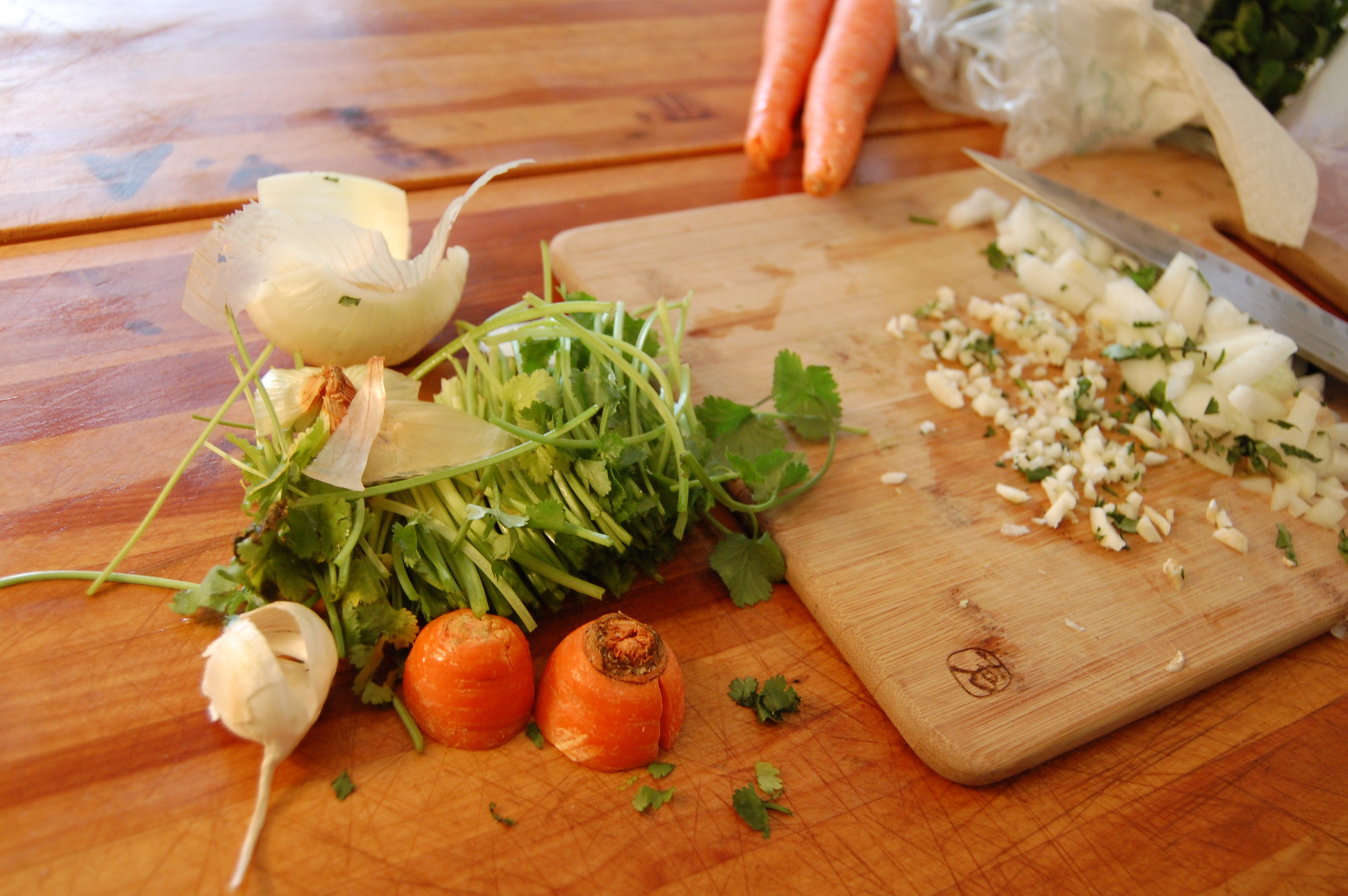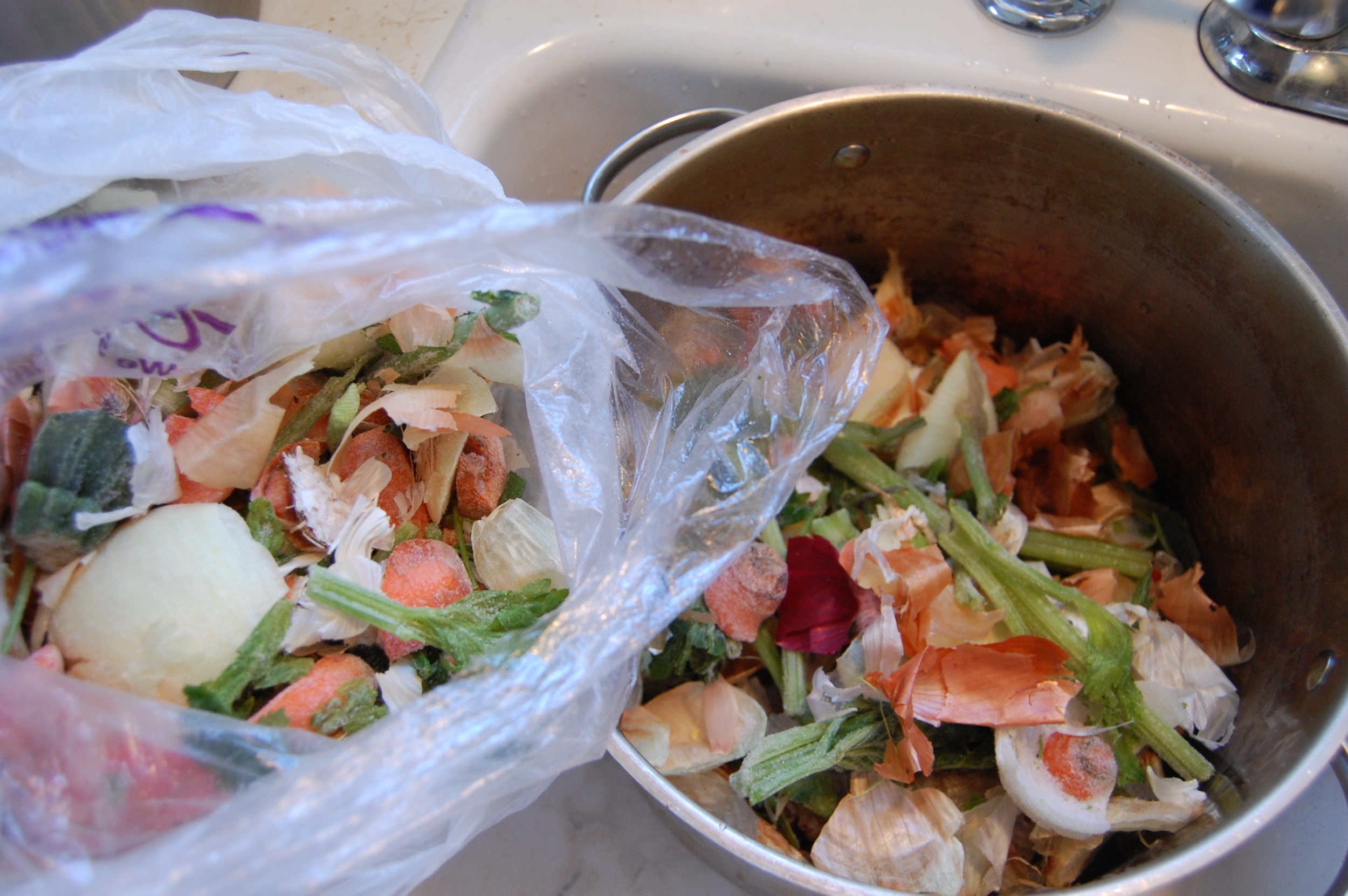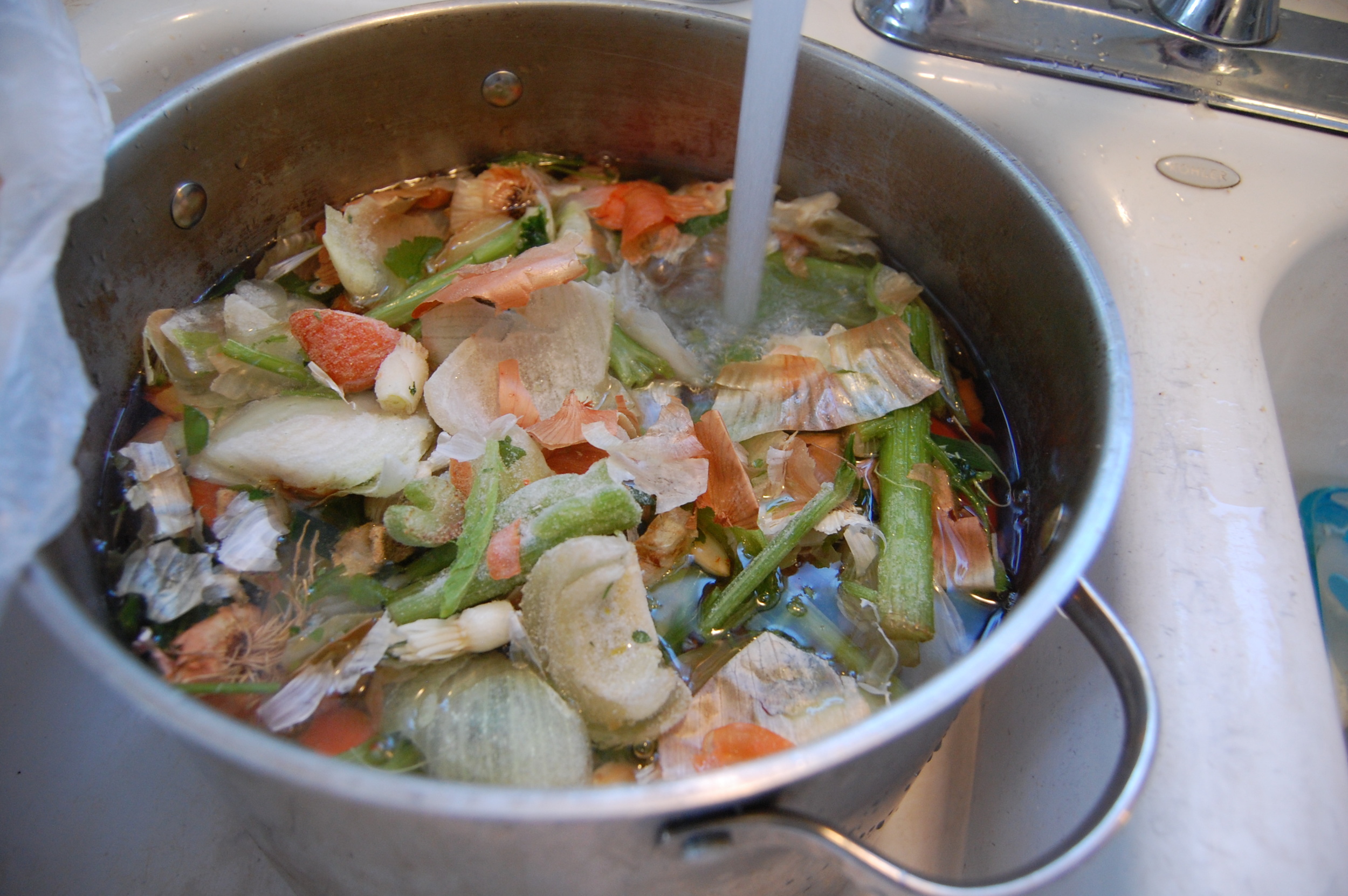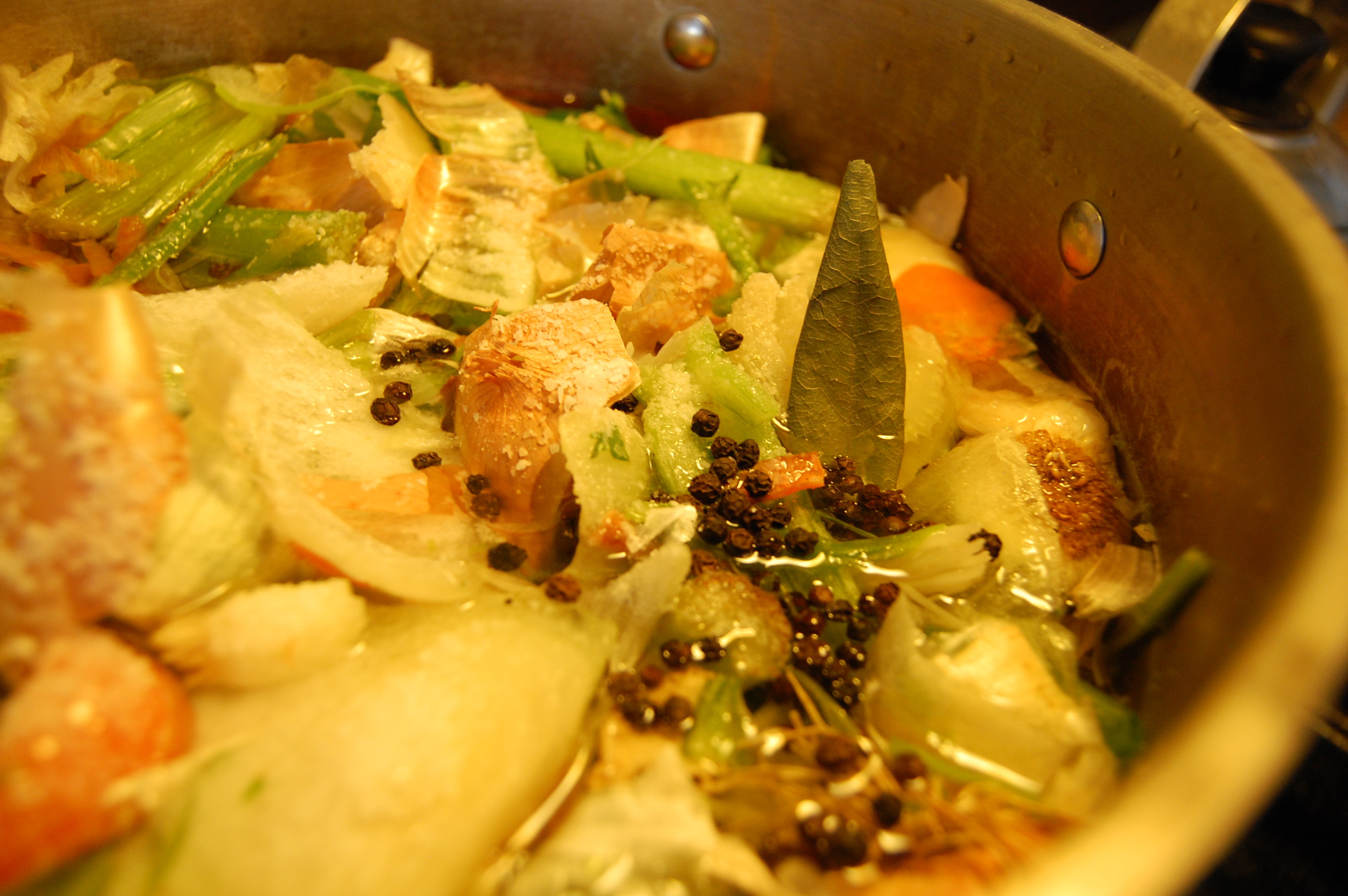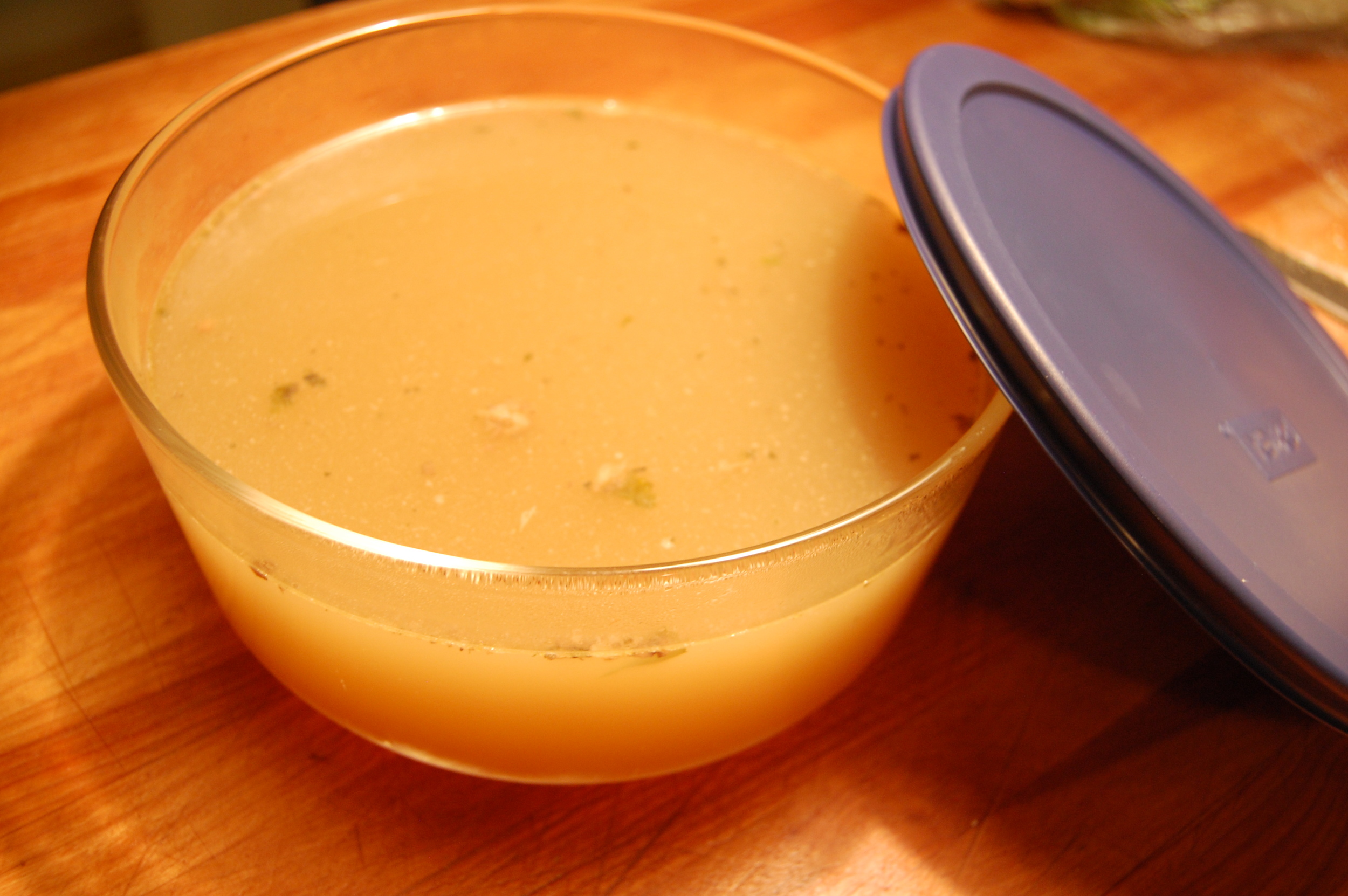Cucina Povera - 'the food of the poor'
The girls and I have been studying Italy lately. We enjoy camping out on a subject and digging in deep. It's not hard (obviously) for me to dig deep into Italy. We started with studying where our Italian relatives came from - learned about Ellis Island, then turned our attention to working on learning Italy's 20 regions - and what makes them distinct.
While searching for information about the Campania region - we stumbled upon this BBC series that has captured us, called 'Two Greedy Italians'. I was jumping up and down in my kitchen, actually - when I realized this show includes my favorite Italian chef - Gennaro Contaldo. Remember him? I've posted a LINK to his video on how to make home made pasta. I feel like he is family to me, somehow. I just LOVE watching him cook, hearing him passionately talk about food.
In this episode, these two crazy, hungry Italians share about how 'poor man's food' - or 'Cucina Povera' came out of very difficult economic times in Southern Italy. It led to food like pasta & pizza - when the more expensive food items were out of reach for most families.
We talked about Cucina Povera in the kitchen as we tried rolling out our own 'fusilli' like the 89 year old lady on the documentary had done. (Wow, what a skill! Ours took 4 hours, and didn't look half as pretty as hers).
The next day, we talked about it some more. I didn't have 'anything' for lunch... but I DID have that dried pasta, and onion and garlic. We picked some collards from the garden, sauteed them with onion, garlic and a tiny bit of anchovy for flavor. I dumped in some cooked garbanzo beans and even threw in a leftover cooked sweet potato. After the pasta was done, we tossed it with our sauteed mixture. Longing for some Parmesan which I didn't have... I remembered that Italian families who couldn't afford cheese on their pasta would toast some stale bread crumbs to sprinkle on top, instead.
We basked in the glory of that simple lunch. All of our bellies were full - even though our meager pile of home made dried pasta had looked so small to begin with.
We can relate to Cucina Povera. We live on a small business income - my hard working husband supporting the six of us. Although we are so grateful that his work has stayed steady - there still can be gaps of several weeks when we have to make things stretch. This week was one of them. As I looked over the cabinets and fridge - I had to prioritize the bills that are due this week - and make some smart decisions about how to make what we have on hand last until that next check comes. I usually take lots of deep breaths and quietly pray for creativity. This time, the lesson fit too well into our studies not to discuss it with the girls.
I order bulk items from a co-op (which allows me to get them at near wholesale price) so I usually have a good stash of wheat/kamut (for grinding into flour), a good selection of beans, dried corn and rice. Then we have our large garden, which is nearly done at this time in November. But we still are harvesting some items.
It was fun to talk openly with the girls about it. 'OK ladies. Let's get creative. We get to use 'Cucina Povera' this week and figure out how to make some great meals with what we have. Want to help me think? What do we still have in the garden to pick? "Swiss chard!" "Beets & carrots!" "Radishes, kale, collards". These cuties lit up as they helped me decide if we should do cooked beets, or slice them raw for a salad. We talked about the fact that although we don't have any meat on hand, we DO have a lovely full bag of bones and scraps for making soup stock. We put those in a pot to simmer, and enjoyed the wonderful smell that it brought to the house.
We did purchase a bag of potatoes, simmered onion and garlic and picked herbs from the garden to sautee in some fresh bacon grease we'd saved. Nothing 'povera' about those aromas. A lovely potato & carrot soup emerged from our home that night. Some of the beet tops were chopped and added at the end. We smeared toasted bread (baked the day before) with a home made fennel pesto (from the recent trimmings of our fennel bush that would soon freeze) - put the crusty bread in the bottom of each bowl -and ladled the warm goodness on top (an idea that Gennaro & Antonio had inspired). We had a raw beet, radish, carrot & kale salad that had marinated in some vinegar while the soup cooked. Of course, I thought about how good that soup would have been with some lovely sausage floating in between the potatoes, or how nice some Parmigiano Reggiano would be melting on top....
But that meal was delicious.
The girls slurped down every bite and went back for more, and husband said it was his favorite meal in weeks. It sure DID get me in touch with the exact things that my Italian ancestors must have done. Saving scraps, bits of fat, meat and things can stretch and give incredible flavor to humble food like potatoes and stale bread.
It was interesting to hear some questions that the girls asked that day - "Mom, are we poor?" They ask these kind of questions at different times. Sometimes it's "Are we rich?" My answer is usually the same.
"We are both. And we are neither. We can feel either way, depending on who we compare ourselves to." This is where our discussion floats to Haiti, The Philippines, Mexico or other places I've visited - and feeds my longing to take them to these places. My favorite way to look at it is that "we have exactly what we need."
Although I'm just learning the word for it, Cucina Povera to me, is a good friend. It has been with me for years. It challenges me to think above my struggle and dig deep with creativity. To stop comparing my life to the friend who never sweats when she has to buy groceries, but instead, remember my great-grandparents who were rewarded (as I am) with the deep satisfaction of making something really, really good out of 'nothing'.








